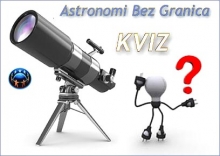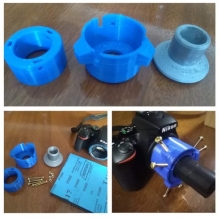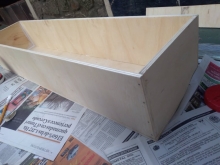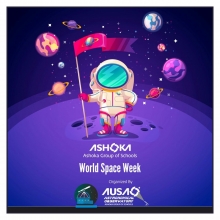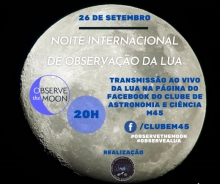Samir Dhurde
Astronomers all over the world have a positive trait of working together to unravel the mysteries of the Universe. This is very good for the growth of knowledge. The increasing need for better observations of a certain kind causes Astronomy to have certain phases of growth. The past 3 decades saw a lot of advances in space-based technology & observations. While that continues, we are currently looking ahead to the next three decades which will see some of the most colossal fantasies of astronomers brought to life. We are now in the age of the Mega Projects!
Megaprojects are the next-generation of instruments that will offer the best resolution of the farthest objects and events in the Universe. These will be ground based, allowing detailed studies of subjects including planets around other stars, the first objects in the Universe, super-massive black holes in galaxies, and the nature and distribution of the dark matter. Some of the most ambitious and eagerly awaited Megaprojects are the Square Kilometer Array (SKA), the European Extremely Large Telescope (E-ELT) and the Thirty Meter Telescope (TMT).
The SKA is the highest priority future radio astronomy project. It is so big that it is being built on two continents, Africa & Australia! When fully deployed, it will consist of an array of ~ 4000 dishes and more than 10,000 antennae which will extend out to more than 3000 km from the central stations. Together they will have one million square metres (one square kilometer) of collecting area for radio waves. Its construction is set to start in 2018, with early science observations to be done in 2020.

In the same line are the fantastically large optical telescopes – the E-ELT & the TMT. The TMT was planned in the early 2000’s to be the world’s largest telescope, with its main mirror stretching 30 meters across! This mirror has been designed to be made of 492 smaller hexagonal 1.44 meter segments. Each of these segments will have the capacity of changing shape and position instantly in reaction to any detected change in the air column above the telescope – a marvel of adaptive optics. It is currently to be put on the Mauna Kea peak in the Hawaii islands of the USA. This 2000 ton behemoth could be a powerful complement to the James Webb Space Telescope in tracing the evolution of galaxies and the formation of stars and planets, among many other astrophysical problems it will investigate.

The E-ELT will however be made 39 meter (made of 798 smaller segments) in diameter and will end up as the largest optical telescope on Earth. It was first dreamt of as an enormous 100 meter telescope, but the feasibility for that was not good. Construction of the E-ELT got underway in 2004 in Cerro Armazones, Chile. Both these cousins will probably see the first light close to 2025. As has been the case for every previous increase in capability of this magnitude, it is very likely that the scientific impact of TMT & E-ELT will go far beyond what we envision today and they will enable discoveries that we cannot anticipate.
These Megaprojects are immense in scale and all cost above a billion US dollars. For example, the TMT site covers about 5 acres and the telescope has an estimated price of $1.4 billion. It may not be possible for one institute or even a country to undertake such a project on its own. However, several governments have taken progressive steps to support collaborative Astronomy projects to create these instruments. TMT is thus a joint international venture involving the USA, Japan, China, India and Canada. The E-ELT is the brainchild of the ESO, the European organisation for Astronomical research in the Southern Hemisphere, which is an inter-governmental organisation supported by 16 Member States, along with the host state of Chile. Similarly, with support from 11 member countries the SKA will bring together some of world’s finest scientists, engineers and policy makers and more than 100 companies and research institutions across 20 countries in the design and development of the telescope.
Thus the Mega Projects also provide collective benefits to the community. They will help develop a new confidence in a next generation of scientists and engineers of successfully delivering something revolutionary and of international stature. All member countries can take pride in them and hence have a favourable attitude towards other fields of Science research as well.

All these telescopes, along with several of their smaller cousins that are coming up too, will be very popular among people. The next-generation technology will need the next-generation of students to be trained to use these. Hence the prospect for using these inspiring projects as case examples for education and public outreach are enormous everywhere in the world. All those who are involved in Astronomy EPO activities need to take note of these. It is time to start planning how to celebrate each phase of the construction & use of these big leaps of Humanity towards knowing more about our Universe.
###

Samir Dhurde is in-charge of the popular outreach programme - SciPop, of the Inter-University Centre for Astronomy & Astrophysics (IUCAA) in Pune, India. His is also part of the TMT Workforce Pipeline, Education, Public Outreach and Communications (WEPOC) advisory group. Outreach at the IUCAA Children’s Science Exploratorium is his day & evening job, but he is a Radio Astronomer in his free time. Being involved in several national campaigns in India, aimed at taking science to everyone through very simple methods, he loves travelling to reach the remotest people of his vast and beautiful country.









